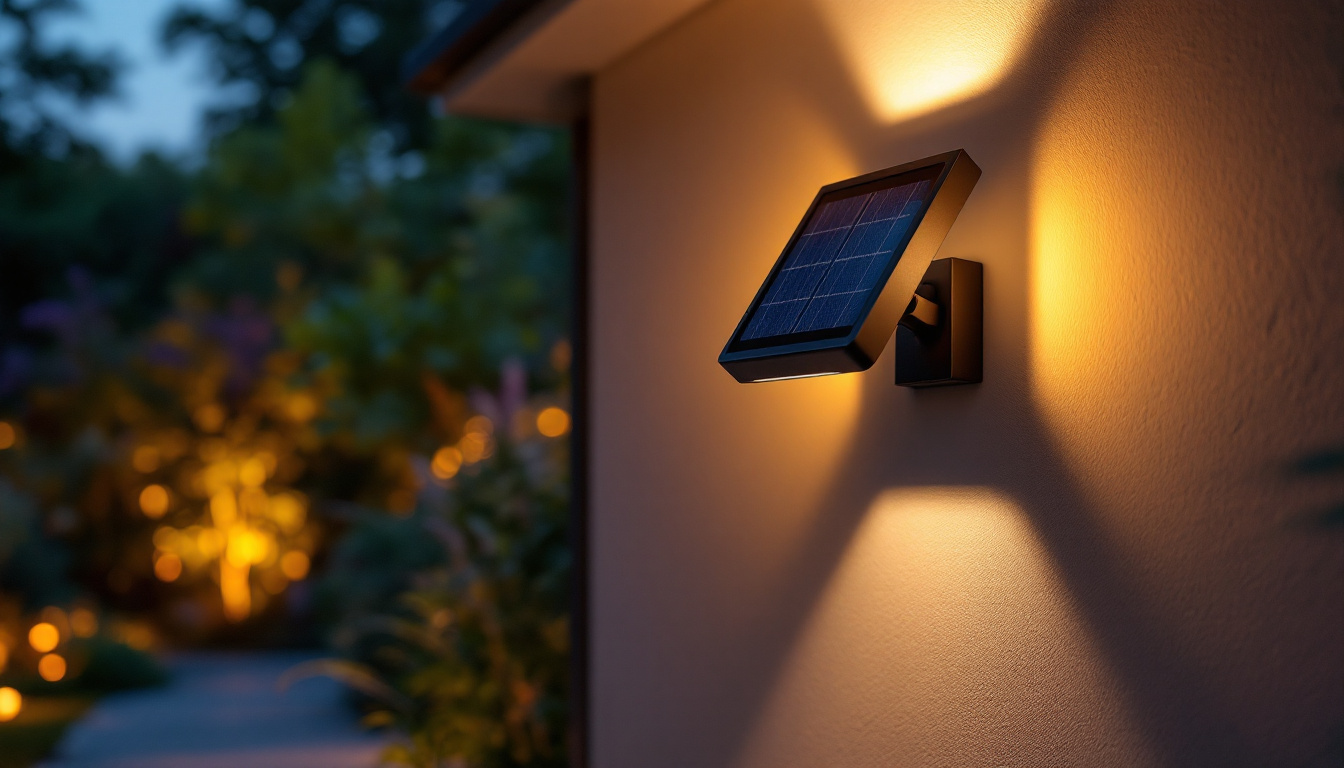
under counter lighting in kitchens is an essential aspect of both functionality and aesthetics. It enhances the workspace, provides necessary illumination for cooking and food preparation, and adds an appealing ambiance to the overall design. However, even experienced lighting contractors can make common mistakes when installing these fixtures. Understanding these pitfalls can lead to better installations and satisfied clients. This article explores the frequent errors made by lighting contractors in under counter lighting projects.
Under counter lighting serves a dual purpose: it illuminates the workspace while also enhancing the kitchen’s visual appeal. Proper lighting can make a significant difference in how a kitchen feels and functions. It helps to eliminate shadows, making it easier to see what is being done, whether chopping vegetables or reading a recipe. Furthermore, the right lighting can highlight the beauty of countertops and cabinetry, contributing to the overall design of the kitchen. The strategic placement of these lights can also create a sense of depth and dimension, transforming a flat surface into a dynamic area that draws the eye. This not only improves functionality but also elevates the overall aesthetic, making the kitchen a more enjoyable place to cook and gather.
One of the most common mistakes contractors make is prioritizing aesthetics over functionality. While it is tempting to choose stylish fixtures, the primary goal of under counter lighting is to provide adequate illumination. Contractors should ensure that the chosen lights are bright enough to serve their purpose without creating harsh shadows or glare. A well-lit workspace is crucial for safety and efficiency in the kitchen. Moreover, the use of dimmable fixtures can offer flexibility, allowing homeowners to adjust the lighting according to the task at hand or the mood they wish to create. This adaptability can be particularly beneficial during social gatherings, where softer lighting can enhance the atmosphere while still providing sufficient illumination for food preparation and serving.
Another frequent oversight is neglecting the color temperature of the light fixtures. The color temperature can significantly affect the ambiance of the kitchen. For instance, cooler temperatures (around 5000K) can create a clinical feel, while warmer temperatures (around 2700K to 3000K) can make the space feel cozy and inviting. Lighting contractors should consider the overall design and function of the kitchen when selecting the color temperature to ensure that it complements the space. Additionally, the interplay of natural light throughout the day should be taken into account; as sunlight changes, so too can the perceived warmth or coolness of artificial lighting. By harmonizing under counter lighting with the natural light available, homeowners can create a seamless transition from day to night, enhancing both the functionality and comfort of their kitchen environment.
The type of lighting selected for under counter installations can greatly influence the effectiveness of the lighting scheme. Contractors often make the mistake of using the wrong type of fixtures, which can lead to inadequate lighting or an unappealing look. The aesthetic appeal of a space is heavily reliant on how well the lighting complements the design elements, and poor choices can detract from even the most beautifully designed kitchens.
LED lights are becoming increasingly popular due to their energy efficiency and long lifespan. However, some contractors still opt for traditional incandescent or fluorescent lights, which may not provide the best results. LED lights come in various styles and can be dimmed, allowing for greater control over the lighting atmosphere. Choosing LEDs not only benefits the environment but also offers clients a cost-effective solution in the long run. Furthermore, the color temperature of LED lights can be tailored to suit different moods and tasks, ranging from warm whites that create a cozy ambiance to cooler whites that enhance focus and concentration during meal prep.
task lighting is essential in a kitchen, especially in areas where food preparation occurs. Contractors sometimes fail to install adequate task lighting, relying solely on ambient lighting. This can lead to poorly lit work areas, making it difficult for homeowners to perform tasks effectively. It is vital to incorporate focused lighting in areas like countertops, sinks, and cooking surfaces to ensure optimal functionality. In addition to improving visibility, well-placed task lighting can also enhance the overall design of the kitchen, drawing attention to beautiful countertops or unique tile work. Options such as under-cabinet lights or pendant fixtures can add layers of light that not only serve a practical purpose but also elevate the aesthetic appeal of the space.
The placement of under counter lights is critical to achieving the desired effect. Many contractors make the mistake of improper fixture placement, which can result in uneven lighting and shadows.
One common error is not spacing the fixtures correctly. If lights are too far apart, certain areas may remain dark, creating an uneven lighting effect. Conversely, placing fixtures too close together can lead to glare and an overly bright area. A well-planned layout with appropriate spacing ensures that the entire countertop is evenly illuminated, enhancing both functionality and aesthetics.
The height at which under counter lights are installed also plays a crucial role in their effectiveness. Lights that are too high may not provide sufficient illumination on the work surface, while those installed too low can create harsh shadows. Contractors should consider the average height of the users and the specific tasks being performed when determining the optimal height for installation.
electrical considerations are paramount in any lighting installation, yet they are often overlooked by contractors. Failing to adhere to electrical codes or neglecting to plan for adequate power supply can lead to significant issues down the line.
One of the most critical aspects of under counter lighting is ensuring that there is adequate power supply for the fixtures. Contractors sometimes underestimate the electrical load required for multiple fixtures, leading to flickering lights or even tripped breakers. It is essential to calculate the total wattage needed and ensure that the circuit can handle the load before installation.
Incorporating dimmable lighting options can enhance the versatility of under counter lights. However, contractors often neglect to include dimmer switches in their plans. Dimming capabilities allow homeowners to adjust the lighting based on their needs, whether for cooking, entertaining, or creating a relaxed atmosphere. Including dimmers in the installation can significantly improve user experience and satisfaction.
Maintenance is an often-overlooked aspect of lighting installations. Contractors should consider how easy it will be for homeowners to maintain and replace the fixtures when necessary.
Some under counter lights may be difficult to access for maintenance or bulb replacement. Contractors should select fixtures that allow for easy access, ensuring that homeowners can maintain their lighting without hassle. Additionally, fixtures that require frequent bulb changes can become a nuisance, so opting for long-lasting LED options can alleviate this issue.
After installation, it is essential to provide homeowners with clear instructions on how to care for and operate their new lighting. Contractors should take the time to explain how to change bulbs, adjust dimmers, and troubleshoot any potential issues. This not only enhances customer satisfaction but also minimizes the likelihood of future problems.
Natural light plays a significant role in how artificial lighting is perceived. Contractors often overlook the impact of windows and natural light sources when planning under counter lighting.
Before installation, it is crucial to assess the availability of natural light in the kitchen. In spaces with ample natural light, the need for bright under counter lighting may be reduced. Conversely, kitchens with limited daylight may require more powerful fixtures to compensate. Understanding the dynamics of natural light can help contractors create a balanced lighting scheme that works well throughout the day.
Seasonal changes can also affect how natural light enters a kitchen. During winter months, for example, the angle of sunlight changes, potentially reducing the amount of light that reaches the countertops. Contractors should consider these variations when planning under counter lighting to ensure that the space remains functional and inviting year-round.
Collaboration with other trades is vital for successful kitchen renovations. Contractors sometimes work in isolation, neglecting to communicate with other professionals involved in the project.
Under counter lighting should be coordinated with cabinet installation to ensure that fixtures are placed correctly and do not interfere with cabinetry. Poor communication can lead to misaligned fixtures or obstructions that hinder the effectiveness of the lighting. By collaborating with cabinet installers, contractors can create a seamless integration of lighting and cabinetry.
Interior designers often have a vision for the overall aesthetic of the kitchen. Lighting contractors should engage with designers to ensure that the lighting complements the design elements. This collaboration can lead to innovative solutions and a more cohesive look, ultimately enhancing the overall satisfaction of the homeowner.
Under counter lighting is a crucial component of kitchen design, providing both functionality and aesthetic appeal. However, lighting contractors must be mindful of common mistakes that can detract from the effectiveness of their installations. By understanding the importance of proper fixture selection, placement, electrical considerations, maintenance, and collaboration with other trades, contractors can avoid these pitfalls and deliver exceptional results.
Ultimately, the goal is to create a well-lit, inviting kitchen that meets the needs of the homeowner. By paying attention to detail and avoiding common mistakes, lighting contractors can enhance their reputation and ensure client satisfaction. With the right approach, under counter lighting can transform a kitchen into a beautifully illuminated space that is both practical and stylish.
Ready to avoid common under counter lighting mistakes and impress your clients with both functionality and style? Choose LumenWholesale for your lighting needs and gain access to premium, spec-grade lighting products at unbeatable wholesale prices. Our extensive selection is designed to meet the highest industry standards, ensuring reliable and high-performance lighting for every kitchen project. Plus, with free shipping on bulk orders, you can get the best value without any hidden fees. Elevate your lighting installations with the perfect blend of quality, affordability, and convenience. Visit LumenWholesale today and experience Wholesale Lighting at the Best Value.

Discover why lighting contractors should prioritize outdoor solar lighting wall mounts.

Discover how lighting contractors can enhance their business by incorporating security outdoor lights into their offerings.

Discover why lighting contractors should prioritize fluorescent shop lights in their projects.

Discover how stair lighting is revolutionizing the lighting industry with innovative designs and enhanced safety features.